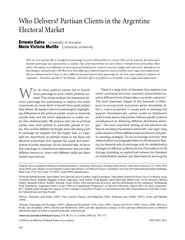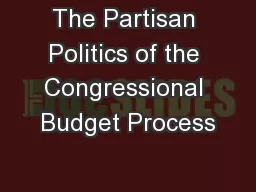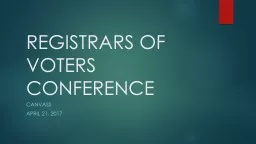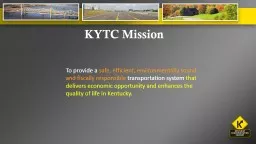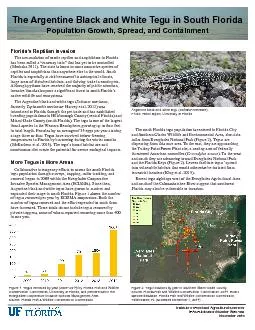PDF-Who Delivers Partisan Clients in the Argentine Elector
Author : mitsue-stanley | Published Date : 2015-05-26
We explain such differences by focusing on political parties57557 access to resources supply side and voters57557 dependence on 64257scal largesse demand side We
Presentation Embed Code
Download Presentation
Download Presentation The PPT/PDF document "Who Delivers Partisan Clients in the Arg..." is the property of its rightful owner. Permission is granted to download and print the materials on this website for personal, non-commercial use only, and to display it on your personal computer provided you do not modify the materials and that you retain all copyright notices contained in the materials. By downloading content from our website, you accept the terms of this agreement.
Who Delivers Partisan Clients in the Argentine Elector: Transcript
Download Rules Of Document
"Who Delivers Partisan Clients in the Argentine Elector"The content belongs to its owner. You may download and print it for personal use, without modification, and keep all copyright notices. By downloading, you agree to these terms.
Related Documents

